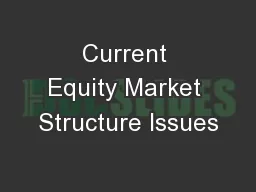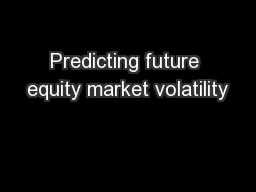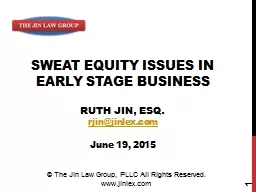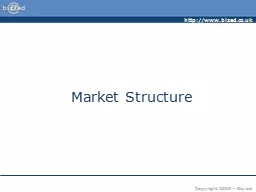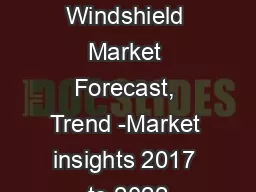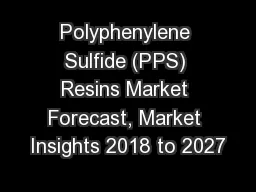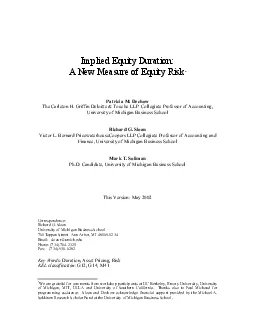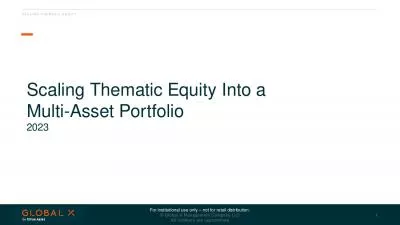PPT-Current Equity Market Structure Issues
Author : luanne-stotts | Published Date : 2017-06-30
Presented by Jerry Citera Managing Director Associate General Counsel JP Morgan Chase amp Co September 2016 Outline of Presentation 1 Introduction Basic Concepts
Presentation Embed Code
Download Presentation
Download Presentation The PPT/PDF document "Current Equity Market Structure Issues" is the property of its rightful owner. Permission is granted to download and print the materials on this website for personal, non-commercial use only, and to display it on your personal computer provided you do not modify the materials and that you retain all copyright notices contained in the materials. By downloading content from our website, you accept the terms of this agreement.
Current Equity Market Structure Issues: Transcript
Download Rules Of Document
"Current Equity Market Structure Issues"The content belongs to its owner. You may download and print it for personal use, without modification, and keep all copyright notices. By downloading, you agree to these terms.
Related Documents

